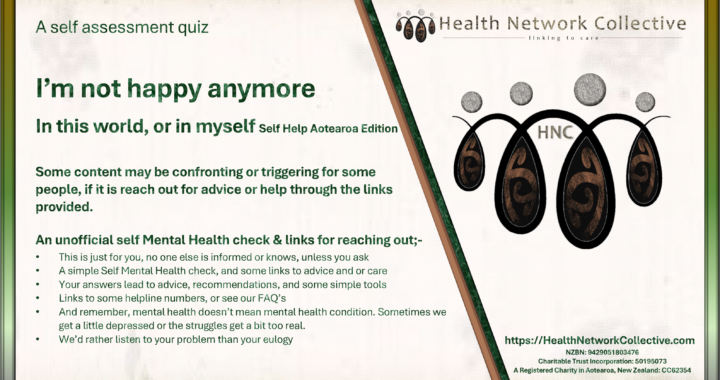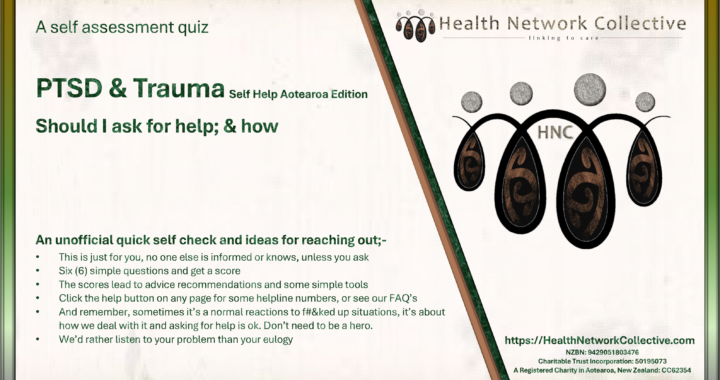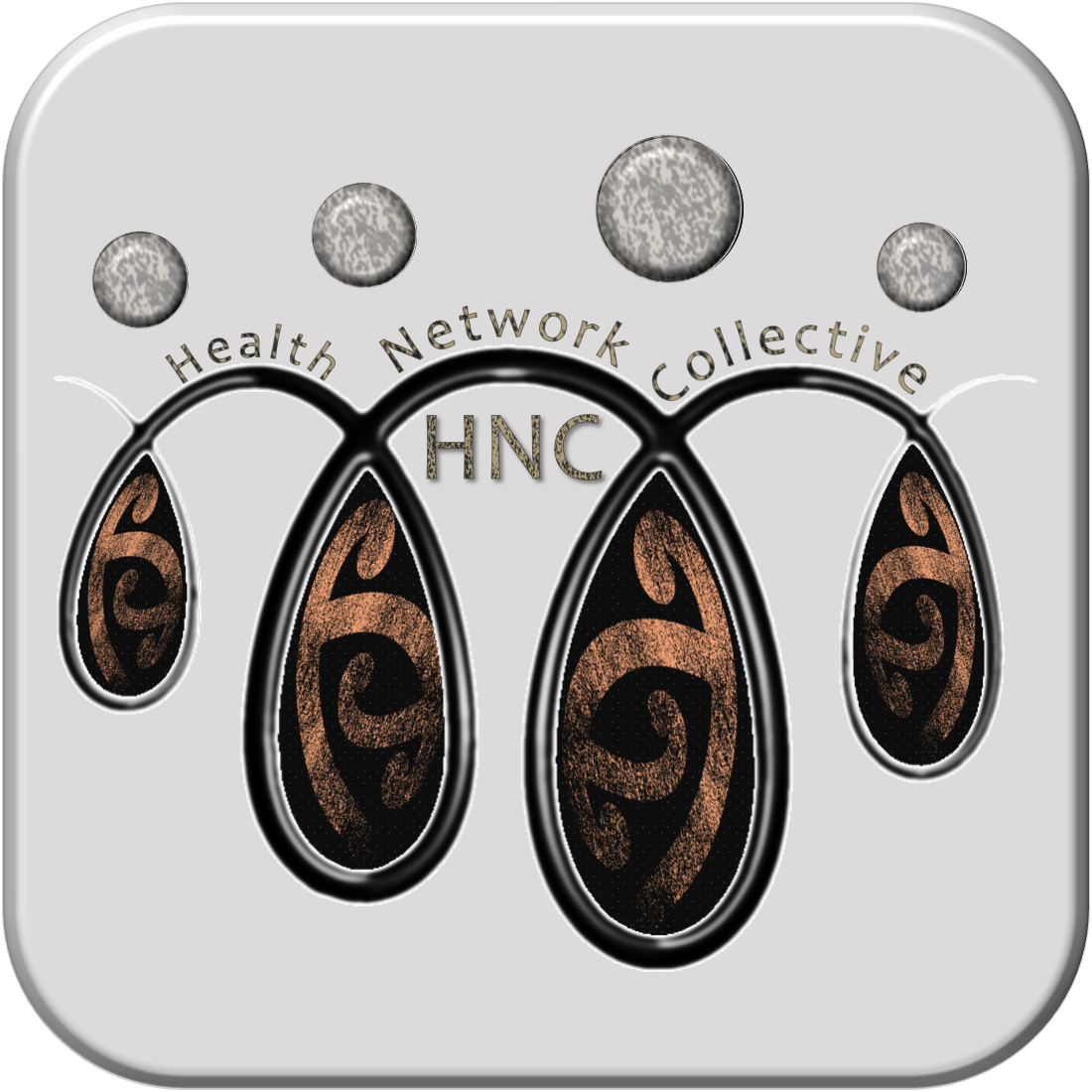Abstract
Hepatitis C Virus (HCV) infection is a prevalent global community concern in response to which, recently developed Direct Acting Antiviral Drugs (DAA’s) offer significant opportunity for not only cure of individuals, but elimination of HCV as a global public health threat.
In regard to this, one hundred and ninety-four countries have become signatories to the World Health Organisation (WHO) strategy for elimination of HCV by 2030. Nine countries are on track to this goal.
People who inject drugs (PWID) represent both the priority population most at risk of HCV infection and due to the illegal nature of injecting illicit drugs, a highly stigmatised and vulnerable population that is extremely hard to reach in terms of providing health care, including diagnosis and treatment of HCV.
A key resource to facilitate HCV treatment of PWID involves harnessing the peer workforce of those with lived and living experience of injecting. Peers, in this definition, have the advantage of being understood and accepted as frontline workers by PWID.
(in a nutshell – finding people who are infected is REALLY DIFFICULT!!?)
Kaiawhina or peer-led HCV antibody Point of Care Testing (POCT), as part of general population screening, is largely an uncoordinated and unregulated exercise, spearheaded by people (kaiawhina / peers) with lived and living experience of HCV risk factors, including injecting illicit drugs.
Additionally, while this community of informally qualified practitioners is involved in peer-led POCT testing, their skills, knowledge and expertise are unrecognised, this leads to a disconnect between their practice and its positive outcomes, e.g., identifying HCV exposed wai ora (those seeking wellness), and subsequent integration with formalised diagnosis, treatment and cure.
This disconnect refers to the lack of an effective “handover” from kaiawhina / peer testers to established systems impacting kaiawhina / peer relationship with wai ora through navigation of treatment, continuation of care and beyond.
To increase efficacy of “handover”, it is proposed to research and explore the following question:
How can we improve efficacy of an informally qualified community of testers and facilitate their structured inclusion in established systems through leveraging Emerging Disruptive Technology (EDT) and associated technologies?
This research intended impact is to contribute to development of solutions to facilitate;
- formalisation, recognition and transparency of skill or qualification
- allowing kaiawhina / peers to be supported in maintaining contact and relationships with wai ora, to navigate them through their treatment and continuation of care
- kaiawhina / peers being supportively engaged in enhancing predominately under resourced, under financed and over committed primary and secondary medical care systems
The successful implementation of the proposed improved handover would contribute to financial benefits, accessibility, and viability of widespread general population testing towards global 2030 elimination goals.
Link to survey here



